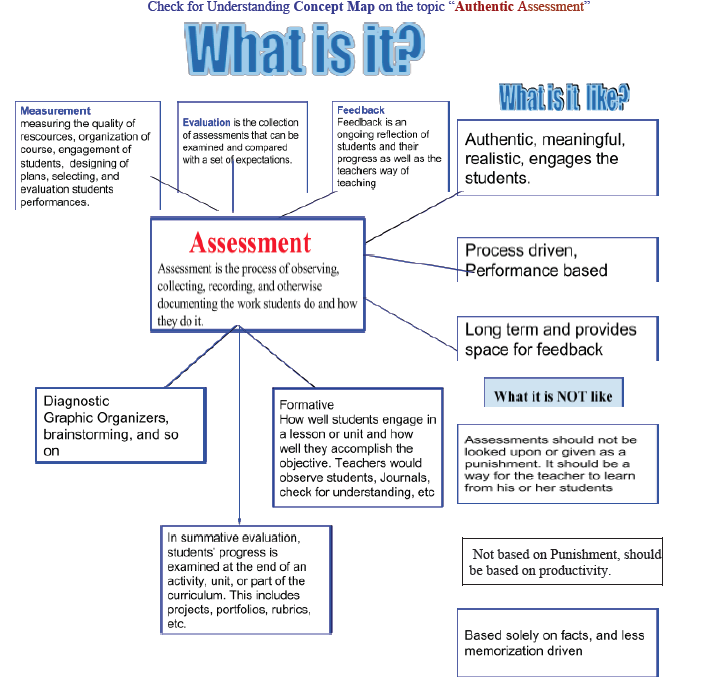Viewing the video on assessing student's learning about teaching social studies gave me great ideas and showed me excellent ways in which i could assess my students. The first teacher i had watched, Mrs. Gonzales, was amazing at assessing her students using oral responses as well as written work.
In the first few minutes of the video teachers were discussing ways in which they assess their students. One activity a teacher mentioned was a flip book. I felt as though this was a creative activity for students to show their understanding on a topic. Drawing is a great feedback tool for those students especially those who are unable to write or have trouble writing. Creating a flip book allows the children to sequence and show their understanding. This allows the teacher to evaluate and see if the students understand what they are learning. It allows them to realize they can put their ideas down on paper, reflect on what they learned, and use illustrations in order to do so.
*Below is an example of students flip books used in classrooms that I have found! Flip books could be used to show sequence or simple how well the students understood a lesson. It would be a creative way to teach a lesson in any subject or on any topic.
Mrs. Gonzalez' modeled beautifully, her students were all excited about learning and writing because they felt as though their knowledge was validated. She discussed with her kindergarten class our everyday needs in order to survive: food, water, shelter, and air. She began her class with an assessment; she was testing her students with prior knowledge. She attached human beings needs with the needs of a plant, which is a topic they must have learned earlier that year. She was trying to Asses if they can make those connections with the plants and human beings. She did not guide the students into the answers rather she allowed them to make the connections themselves. She asked open-ended questions in a child friendly way in order for the children to ponder the question. These open ended questions were simple allowing the students to raise their hands and respond quickly. These questions were repetitive to help the students remember and help the teacher assess her students understanding. As a class they created a chart about peoples needs and wants. When discussion was done she had her students go back to their seats and create their own chart on their needs to live and to grow, and what their wants are. This was a way for the teacher to see if they understood the concept. She used this as an assessment tool. In front of the class she modeled how to create their chart. She then told the students to draw a picture and write about it. She then went around the class to check in on her students and to make sure they were on the right track. I thought this was a great activity and she did a great job! She really held the students attention. They were all engaged and understood the lesson. Her style of questioning did not sound like an assessment. It was almost as if they were sharing and learning from one another. These are some of her techniques I truly liked and felt as though they were effective.
The second teacher I had watched was conduction a social studies lesson for older children. Within his lesson he focused on vocabulary and ownership. He started his lesson off with a discussion and creating a classroom chart. He had his students answer open ended questions. He stated that it was important for students to take ownership of their work and knowledge because it is important to them and it will allow them to make connections and feel as though they are contributing to the class. He assessed the students on their prior knowledge. He then showed the students a model of a previous presentation in which they will be doing. He did not limit his students to that type of model though. He gave them options from power points, movies, presentations, and a poster. The teacher was extremely clear and really allowed the student to understand what he wanted. He focused on vocabulary that he wanted to make sure his students understood.
*To watch the full video click the link attached! Social Studies In Action












